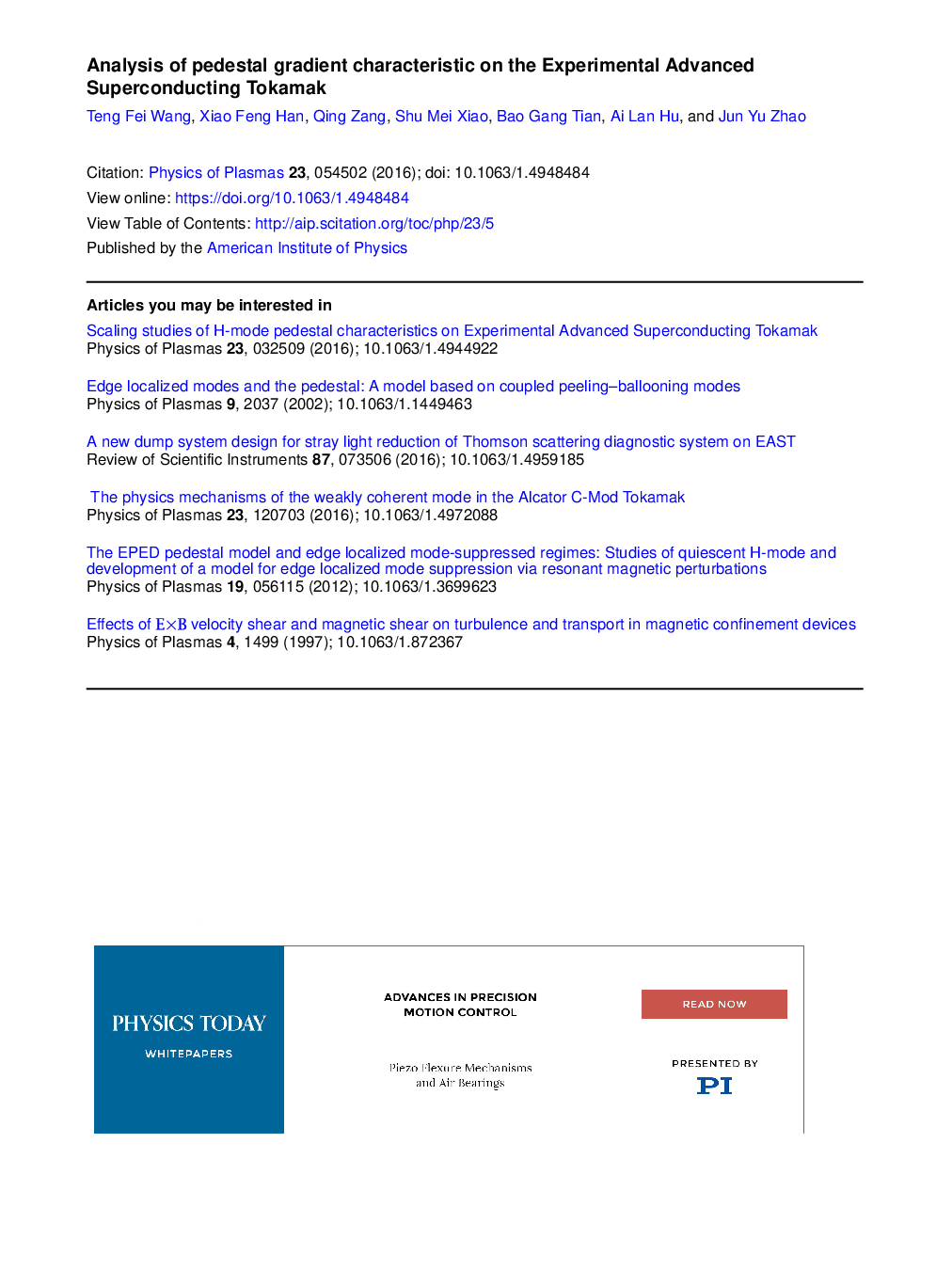| Article ID | Journal | Published Year | Pages | File Type |
|---|---|---|---|---|
| 5451688 | Journal of Materials Science & Technology | 2016 | 6 Pages |
Abstract
High temperature stress rupture anisotropies of a second generation Ni-base single crystal (SC) superalloy specimens with [001], [011] and [111] orientations under 900â°C/445âMPa and 1100â°C/100âMPa have been investigated in the present study, with attentions to the evolution of γ/γⲠmicrostructure observed by scanning electron microscopy and the dislocation configuration characterized by transmission electron microscopy in each oriented specimen. At 1100â°C/100âMPa as well as 900â°C/445âMPa, the single crystal superalloy exhibits obvious stress rupture anisotropic behavior. The [001] oriented specimen has the longest rupture lifetime at 900â°C/445âMPa, and the [111] oriented sample shows the best rupture strength at 1100â°C/100âMPa. While the [011] oriented specimen presents the worst rupture lifetime at each testing condition, its stress rupture property at 1100â°C/100âMPa is clearly improved, compared with 900â°C/445âMPa. The evident stress rupture anisotropy at 900â°C/445âMPa is mainly attributed to the distinctive movement way of dislocations in each oriented sample. Whereas, at 1100â°C/100âMPa, together with the individual dislocation configuration, the evolution of γ/γⲠmicrostructure in each orientation also plays a key role in the apparent stress rupture anisotropy.
Keywords
Related Topics
Physical Sciences and Engineering
Materials Science
Materials Chemistry
Authors
Guanglei Wang, Jinlai Liu, Jide Liu, Tao Jin, Xiaofeng Sun, Xudong Sun, Zhuangqi Hu,
